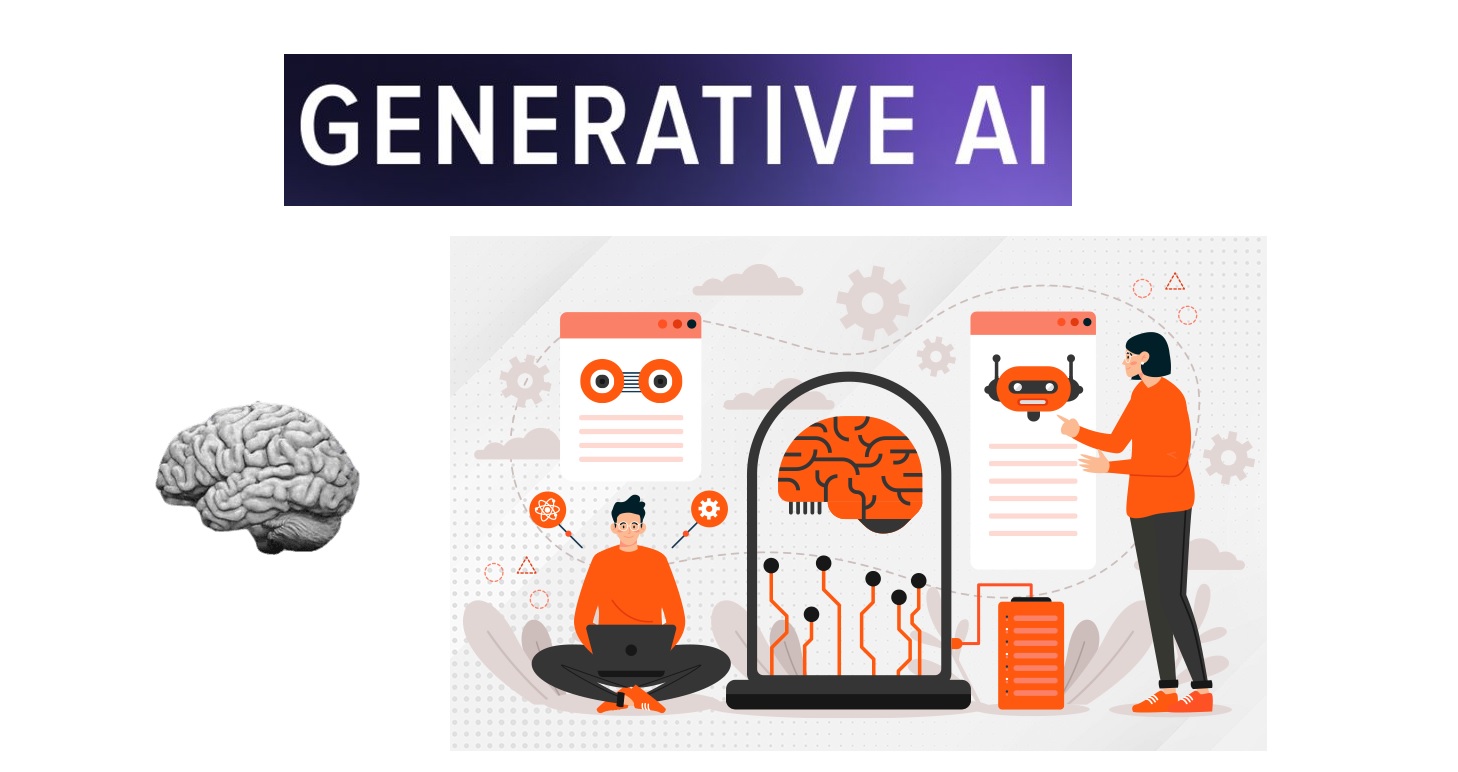In the vast digital orchestra of artificial intelligence, prompts are the conductors. They raise their virtual batons, setting the rhythm and tone that determine whether a model hums in harmony or stumbles into dissonance. Crafting the right prompt is not unlike tuning an instrument — a minor adjustment can transform noise into melody. This is the hidden art and science of prompt optimisation — the process that transforms vague input into precise, intelligent insights.
The Alchemy of Words and Context
Imagine standing in front of a wise sage who understands everything, but only answers exactly what you ask. Your challenge is to find the proper phrasing that unlocks their wisdom. Large language models work in much the same way. They possess vast knowledge, but the clarity of their response depends on the clarity of your request.
Prompt optimization is this process of linguistic alchemy — turning ordinary text into gold by refining structure, intent, and context. For instance, adding examples, reordering instructions, or even changing tone can dramatically alter the model’s accuracy and creativity. In corporate environments, especially those adopting Generative AI training in Hyderabad, professionals are learning how minor tweaks in prompts can boost productivity, enhance creativity, and extract precise insights from generative systems.
Why Prompts Are the DNA of Generative Models
Every prompt carries the blueprint for how an AI model thinks. It shapes the response’s format, depth, and direction. This is akin to DNA encoding instructions for life — one small mutation can yield an entirely different outcome. For AI systems, a poorly structured prompt can lead to irrelevant, verbose, or even misleading answers. In contrast, a well-optimised one can produce results indistinguishable from those of expert human reasoning.
The magic lies in understanding the model’s latent structure — the invisible web of probabilities and patterns that guide its behaviour. Prompt engineers test hypotheses much like scientists in a lab: isolating variables, running controlled experiments, and studying the effects of wording, punctuation, or ordering. The goal is always the same — to decipher the intricate mechanics of how machines comprehend human language.
Prompt Engineering as Cognitive Cartography
Think of prompt engineering as mapmaking for the mind of an AI. The model’s knowledge is a vast, unmapped terrain, filled with mountains of data and rivers of reasoning. Each prompt acts as a compass, directing the AI toward specific insights while avoiding the swamps of confusion or bias.
This process requires both logic and creativity. Analytical thinking ensures precision, while imagination helps build metaphors or narrative cues that guide the AI toward desirable outcomes. Effective prompts, therefore, don’t merely ask — they inspire. They strike a balance between clarity and curiosity, much like a journalist crafting a powerful interview question or a scientist formulating a hypothesis that leads to discovery.
The Role of Iteration: Fail, Refine, Repeat
Optimising prompts is rarely a one-shot success. It’s a process of iteration — a cycle of failure, reflection, and refinement. Every failed output is an opportunity to learn how the model interprets nuance. Does it understand the goal? Does it follow instructions? Is it being too literal or too imaginative?
Experienced practitioners treat prompt design as a dynamic conversation, not a static command. They adjust parameters such as temperature (which controls randomness) and length limits, test variations, and compare the outputs. This experimental loop mirrors scientific methodology — hypothesis, experiment, observation, revision. Over time, this repetition forms intuition—the ability to anticipate how a model will respond before it actually does.
In today’s emerging AI ecosystems, structured learning modules such as Gen AI training in Hyderabad are enabling professionals to master this iterative discipline. They learn not only the technical syntax of prompting but also the psychology of language — how tone, framing, and context influence machine interpretation.
Ethical Nuance and the Human Element
While the science of prompt optimisation may seem mechanical, its essence remains human. Every prompt reflects intent, bias, and moral direction. When you guide a large model, you’re not just shaping outputs — you’re shaping the narratives that influence real people. An optimized prompt that is logically perfect but ethically shallow can produce harmful or misleading results.
Hence, prompt engineers must operate with mindfulness, considering fairness, inclusivity, and truthfulness. The most powerful prompts are not those that extract the flashiest answers, but those that align with responsible reasoning and societal values. The future of AI will depend as much on why we prompt as how we do it.
Conclusion: From Whisper to Wisdom
Prompt optimization transforms the simplest whisper into articulate wisdom. It’s where human creativity meets computational intelligence — an elegant dialogue between mind and machine. Just as sculptors reveal statues within stone, prompt engineers reveal intelligence within data. The journey from input to insight is not about commanding AI, but about collaborating with it — refining our questions to sharpen its understanding and wisdom.
In this quiet but revolutionary craft, words become levers that move the machinery of modern thought. The future belongs not only to those who can code, but to those who can ask better questions. As large models continue to evolve, the art of prompt optimisation will remain their most powerful key — unlocking the infinite potential of human–machine symbiosis.
